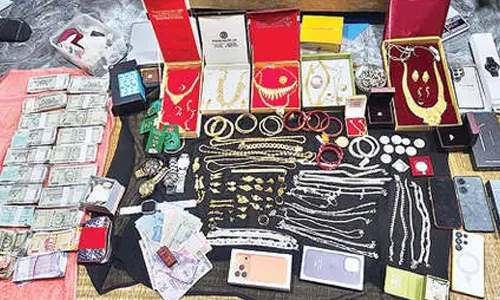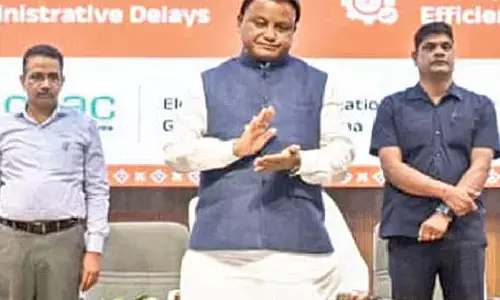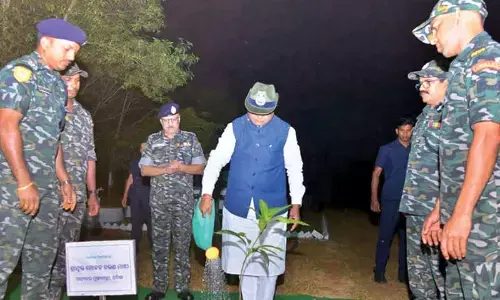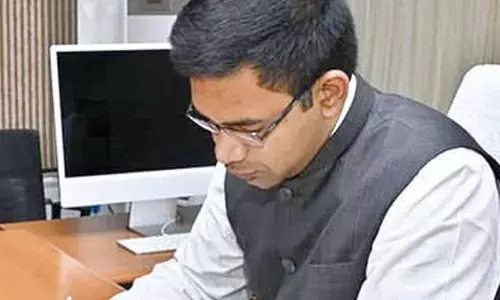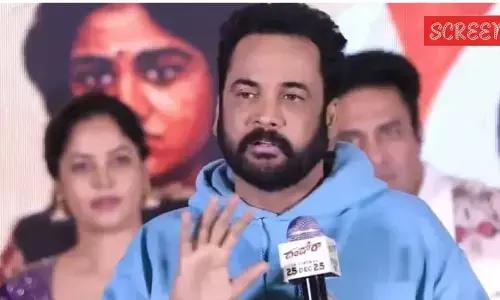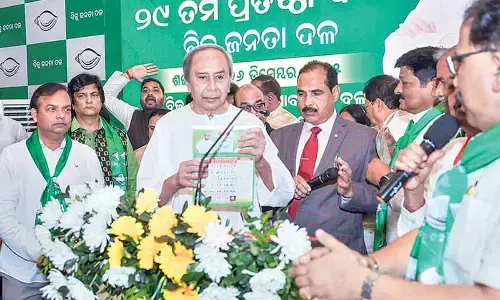India’s Finance Ministers & their Budgets

India’s Finance Ministers & Their Budgets. Rajiv Gandhi presented the budget for 1987-88. He was the third Prime Minister to present a budget after her mother and grandfather. The exercises in zero-based budgets began in 1987-88.
Rajiv Gandhi presented the budget for 1987-88. He was the third Prime Minister to present a budget after her mother and grandfather. The exercises in zero-based budgets began in 1987-88.
The job of a finance minister is the most difficult in a country of the size of India with over 1.2 billion mouths to feed. With so many freebies and subsidies for the poor, salary earners needing some relief in view of the surging inflation and different segments of the industry coming up with their wishlist, it is indeed a thankless job for the finance minister.
.jpg)
![]()
He is also expected to raise as much money as possible for the government. Arun Jaitely will be presenting his maiden budget for the Modi government on July 10 amidst the spectre of a bad monsoon and a treasury which is virtually empty. Prime Minister Modi had stated that his government would have to take some tough decisions to revive the economy. Recently, there was a steep 14.2 per cent hike in railway fares and 6 per cent in freight charges. Petroleum price is one of the major worries of the government. However, Petroleum Minister Dharmendra Pradhan has ruled out burdening the consumers with price hikes.
“The term ‘tough decisions’ can’t be used according to convenience. It doesn’t mean burdening the people with price hikes. As a sensitive government, we have the responsibility to strike a balance,” he said. All eyes are on Arun Jaitely as he prepares to present the budget on July 10. A bad monsoon is not the time for a harsh budget. In view of the rising living cost, people can expect some relief in personal income tax. As financial wizards speculate on the nature of Jaitely’s budget, here is a flashback on India’s finance ministers and their budgets since independence. On November 26, 1947, Shanmukham Chetty had presented the first budget of Independent India for an amount of Rs 172 crore.
Actually it was a review of the economy and no new taxes were proposed as the budget day for 1948-49 was just 95 days away. Budgets were generally presented at 5 pm on February 28, and in the leap year on February 29. Chetty resigned a few days after presenting the budget for 1948-49 due to differences with Prime Minister Nehru. K C Neogi then took charge of the finance portfolio and had held that post for just 35 days. John Mathai became the third Finance Minister. He presented two budgets for 1949-50 and 1950-51. While presenting the Budget for 1950-51, he announced the formation of the Planning Commission.
.jpg)
But later he resigned as he felt the Planning Commission was becoming a super cabinet. (Incidentally there is a move to abolish the Planning Commission by the Modi Government.) The next finance minister C D Deshmukh, incidentally the first Indian Governor of the Reserve Bank of India as well, presented an interim budget for 1951-52. The first general elections were held between December 1951 and February 1952. He felt honoured to present the first budget of the Indian Republic for 1952-53. Deshmukh resigned following his differences with the recommendations of the States Reorganisation Commission and formation of a bigger bilingual Bombay State. T T Krishnamachari took over from him. He found that the calculations made in the budget for 1955-56 had gone awry.
So on November 30, 1956, in a 500-word speech he described the economic situation and underlined the need to levy fresh taxes before the next budget was presented. The second general elections were held in February-March 1957 and he presented the interim budget for 1956-57 on March 14, 1957, and the final budget for 1957-58 subsequently.
TTK as he was known, resigned in February 1958 amidst controversies following the Mundhra scam, raised by Feroze Gandhi, following LIC’s investment of Rs 1.25 crore in six companies floated by Haridas Mundhra. Prime Minister Jawaharlal Nehru himself took charge of the finance portfolio and presented the budget for 1958-59. Morarji Desai became the next finance minister and presented the maximum number of 10 budgets starting with 1959-60. They included 8 annual and two interim budgets during his stints at varying periods. Desai resigned in July 1969 in protest against nationalisation of 14 major banks by Indira Gandhi. That also resulted in the split of the Indian National Congress.
TTK, who became finance minister in between for the second time, presented the budgets for 1964-65 and 1965-66. He resigned in 1966. He introduced among other things the Voluntary Disclosure Concealed Income scheme. Sachindra Choudhari presented the budget for 1966-67. After the fourth General Elections in 1967, Morarji Desai once again became the finance minister and presented the budgets for 1967-68, 1968-69 and 1969-70. After he resigned in 1969, Prime Minister Indira Gandhi took over the finance portfolio. So far, she has been the only woman finance minister. She presented the 1970-71 Budget. Following the general elections in March 1971, Y B Chavan became the finance minister.
He presented the interim budget for 1971- 72 and the final budgets for four years – 1971-72 to 1974-75. C Subramaniam presented the budgets during the Emergency between 1975-76 and 1976-77. He cast the widest net to increase revenue through excise. After the seventh general elections in March 1977, the first non-Congress ministry under the Janata Party under Morarji Desai assumed office. He presented the interim budget for 1977-78 and the annual budget for 1978-79 .
The budget for 1979-80 was presented by Chaudhary Charan Singh who was also the Deputy Prime Minister. After the seventh general elections in January 1980, the Congress party swept back to power. R Venkataraman presented the interim and final budget for 1980-81 and the annual budget for 1981-82. Later he rose to become the country’s Vice- President and President. Pranab Mukherjee presented the annual budgets for 1982-83, 1983-84 and 1984-85. He was the first Rajya Sabha member to hold the finance portfolio. After the general elections in 1984, V P Singh presented the annual budgets of 1985- 86 and 1986-87.
Rajiv Gandhi presented the budget for 1987-88. He was the third Prime Minister to present a budget after her mother and grandfather. The exercises in zero-based budgets began in 1987-88. N D Tiwari presented the budget for 1988-89 and S B Chavan for 1989-90. After the general elections in November 1989, Madhu Dandavate presented the annual budget for 1990-91.Following subsequent uncertain political development in that year, Yashwant Sinha became finance minister under Chandrasekhar government and presented the interim budget for 1991-92. India had to pledge 50 tonnes of gold to Bank of England to wriggle out of the foreign exchange crisis during this period.
In the elections held in May 1991 after the assassination of Rajiv Gandhi, the Congress returned to power and Manmohan Singh became finance minister under Prime Minister P V Narasimha Rao. He presented the final budget for 1991-92 in July 1991. The next four annual budgets of Manmohan Singh had an orientation different from the one followed till then.
He opened up the economy, encouraged foreign investments and reduced the peak import duty from 300 per cent plus to 50 per cent. Singh introduced the concept of service tax. Singh presented his last budget, the interim budget for 1996-97, as elections were slated for May 1996. After the elections another non-Congress ministry under Deve Gowda came to power. A final budget for 1996-97 was presented by P Chidambaram of the then Tamil Manila Congress. Gowda government did not last long and was succeeded by Inder Gujral. Following a constitutional crisis, Gujral ministry was on its way out and a special session of Parliament was convened only to pass Chidambaram’s 1997-98 budget. But his “Dream Budget” was saved and passed without a debate.
After the general elections in March 1998, Yashwant Sinha got the finance portfolio in the Vajpayee ministry . He presented the interim and final budget for 1998-99. After the 13th general elections in 1999, he became finance minister once again. He had presented four annual budgets from 1999-2000 to 2002-03. Sinha presented the budget for 1999-2000 in the forenoon. Earlier, budgets used to be presented at 5 in the evening on the British pattern, since 5pm in India is 12 pm in London.
Jaswant Singh presented the budget for 2003-04. But his India Shining reform did not bring the BJP back to power.
P Chidambaram, who was finance minister from 2004-05 to 2008-09 will be remembered for widening the tax net and reducing the IT rates on individual taxpayers to 30 per cent. His trademark was to move on a market-driven reform agenda, tempered by the realities at the grassroots level.
Pranab Mukherjee who succeeded him was not as flamboyant as Chidambaram. But he was a shrewd politician and economist and was committed to the cause of aam aadmi. He presented the budgets of 2009-10 to 2012-13. He was then elected as the President of India. Chidambaram was brought back in August 2012 as finance minister who presented his last budget for 2013-14. To his credit, the 10 years of UPA rule had seen the economy growing more than 9 per cent before coming down to less than 5 per cent in the last financial year mainly because of the populist measures of the government. Surely, Chidambaram was an outstanding finance minister.
Chidambaram presented 9 Union Budgets including Interim Budgets, narrowly missing out equaling or beating the record held by Morarji Desai who, as Finance Minister, presented 10 Union Budgets.









